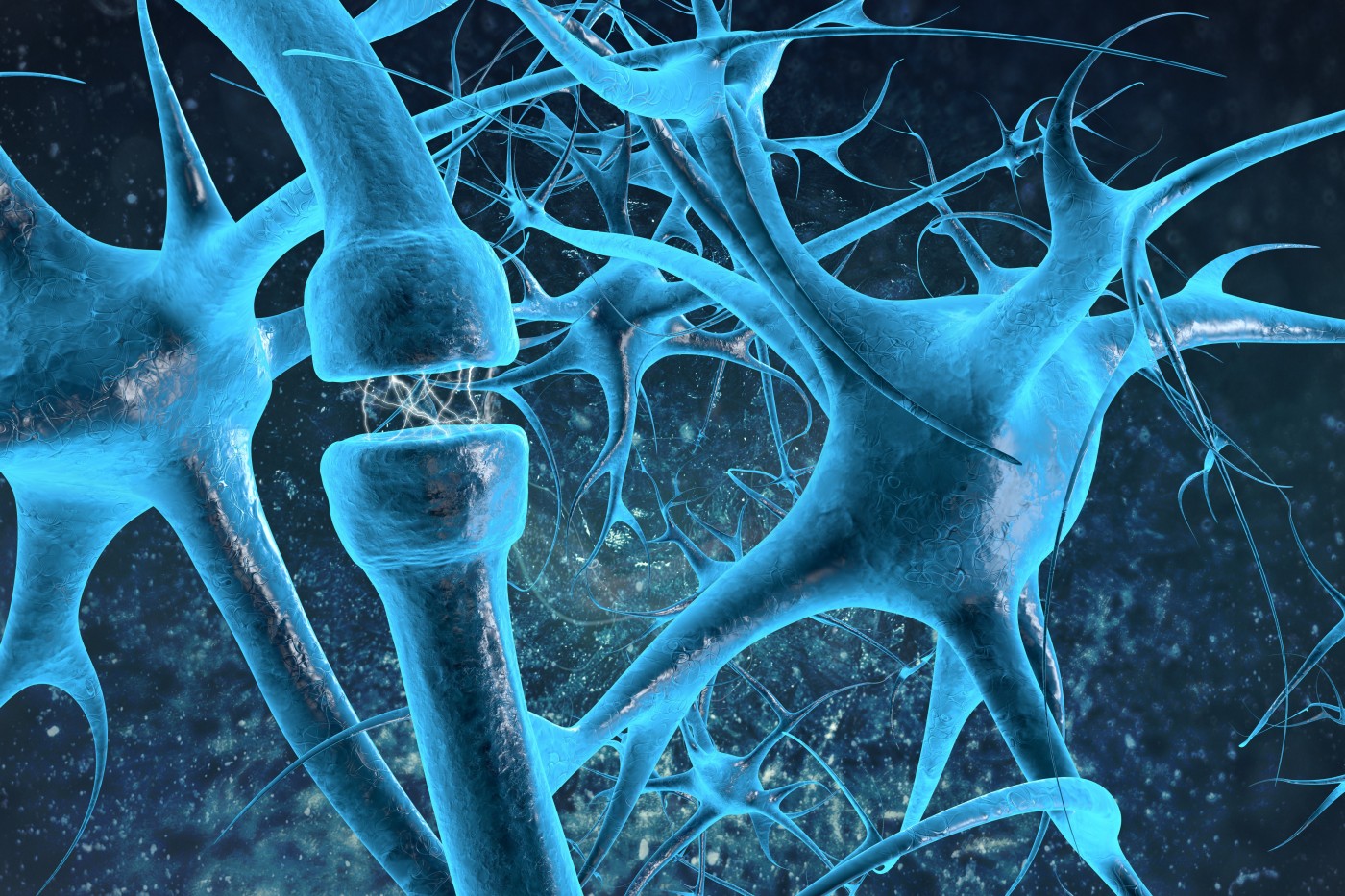Young MS Patients Gain in Functional Connectivity with Onset of Damage to Brain
Written by |

A Canadian study showed that child-onset multiple sclerosis (MS) is characterized by increased functional connectivity within the brain, most likely a compensatory effect to preserve function and protect against physical disability. The study, titled “Alterations in Functional and Structural Connectivity in Pediatric-Onset Multiple Sclerosis,“ was published in the journal PLOS ONE.
Damage within the brain’s white matter — regions composed of neuronal connective pathways — is a hallmark of MS. Since white matter is still developing during childhood and adolescence, early onset MS patients may be more vulnerable to damage in these regions.
Previous studies have shown that child-onset MS is characterized by extensive white matter abnormalities, sometimes extending to the brain’s gray matter. While these abnormalities have been associated with clinical features such as reduced attentional control, slower cognitive processes, and poorer math performance, the time between disease diagnosis and progressive physical disability is known to be longer in child-onset MS compared to adult-onset MS.
In adults, studies using a technique called diffusion tensor imaging (DTI) — which characterizes tissues’ structural integrity based on how water diffuses in the tissue — showed that damage to the white matter is associated with decreased connectivity in functional networks. This relationship has, however, not been explored in children.
Considering the delay in physical disability in child-onset MS, Nadine Akbar and colleagues from The Hospital for Sick Children, Toronto, and the University of Toronto hypothesized that the relationship between white matter abnormalities and functional connectivity might be reversed in child-onset MS.
Studying the brains of 19 young MS patients using DTI, the team indeed saw extensive white matter damage. However, functional connectivity was higher in these patients compared to healthy controls. Moreover, the greater the disruption in white matter integrity, the greater was the increase in functional connectivity — a feature not observed in the controls.
The results suggested that the increase in connectivity serves as a compensatory mechanism to protect important networks and to better maintain physical function.
The authors argued that the higher connectivity observed contributes to preserving cognitive abilities in young MS patients. Increased functional connectivity has also been previously observed in adult MS patients with well-preserved cognition. To confirm this idea, however, studies are needed that follow patients over time, investigating both cognitive decline and functional connectivity in the brain.





